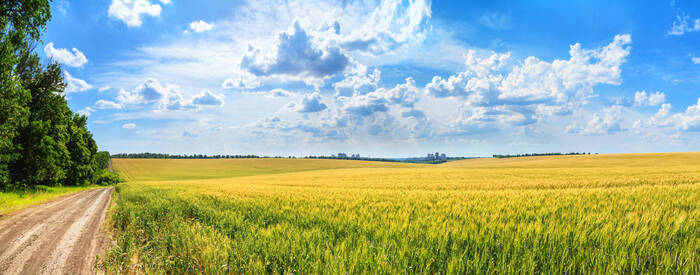Rural areas have been considered the “backbone” of America as they provide essential agricultural goods that sustain our urban centers. In the United States, 46 million Americans live in rural areas. Over the past couple of decades, rural areas have undergone a major transformation. Young people are abandoning rural communities in search of employment and higher education in major urban centers, leaving behind individuals who are predominantly older, have higher rates of underlying chronic disease, and are more likely to have a disability.1 This socioeconomic transformation has had a significant impact upon the rural healthcare infrastructure. Since 2005, 170 rural-access hospitals have closed and 700 more are currently at risk of closure.1 Those remaining open are often limited in their resources including hospital beds, ventilators, and ICU beds.
COVID-19 affected major urban areas at the beginning of the pandemic, but the virus quickly spread into small towns and rural communities. One notable example of this was in April 2020, across 115 meat/poultry processing facilities, 4,913 workers (approximately 3%) of workers were diagnosed with COVID-19, with 20 COVID-19 related deaths.2 The lack of existing infrastructure made COVID-19 testing nearly impossible and, with resources scarce, exacerbated the pandemic in these rural facilities.
Once vaccines were available for use, there were several challenges for distribution in rural areas. Vaccines were initially distributed to pharmacies across the nation, exclusively to large chains like Walgreens and CVS. However, many rural areas are in a “pharmacy desert” where pharmacies are more than 20 miles away from their communities.3 Over 1.6 million people live in areas with these restrictions, and with a vaccine that requires two doses, this can be a major obstacle to overcome.4 Another problem in rural areas was that many healthcare locations did not have the necessary equipment to store the Pfizer vaccine at -80 C to -60 C. While the temperature requirements have become less stringent, this early stipulation may have excluded providers from signing up to give the vaccine.4 Thirdly, there is an overall lack of healthcare workers including physicians, pharmacists, and nurses in rural areas.
Despite the difficulties, our rural communities have made tremendous strides in providing safe and effective vaccination clinics in innovative ways. For example, in Washington state, Twin Transit, a public transportation company, manages a hotline where people can make appointments over the phone, so they do not need to rely on an internet connection.5 Additionally, Twin Transit will pick up individuals on the day of their appointment and transport them, eliminating transportation barriers to access the vaccine. In South Carolina, Prisma Health has established mobile vaccination units.5 This hospital system is well-staffed with medical professionals that travel to rural areas to vaccinate those who are home-bound. These are just a few courses of action that those living in rural America have implemented to overcome barriers to make COVID-19 vaccination possible. It will be interesting to see what other innovations are on the horizon.
To learn more about how rural America is handling the COVID-19 vaccination challenge, see the Kaiser Family Foundation COVID-19 Vaccine Monitor-Rural America report found at KHN Report.

